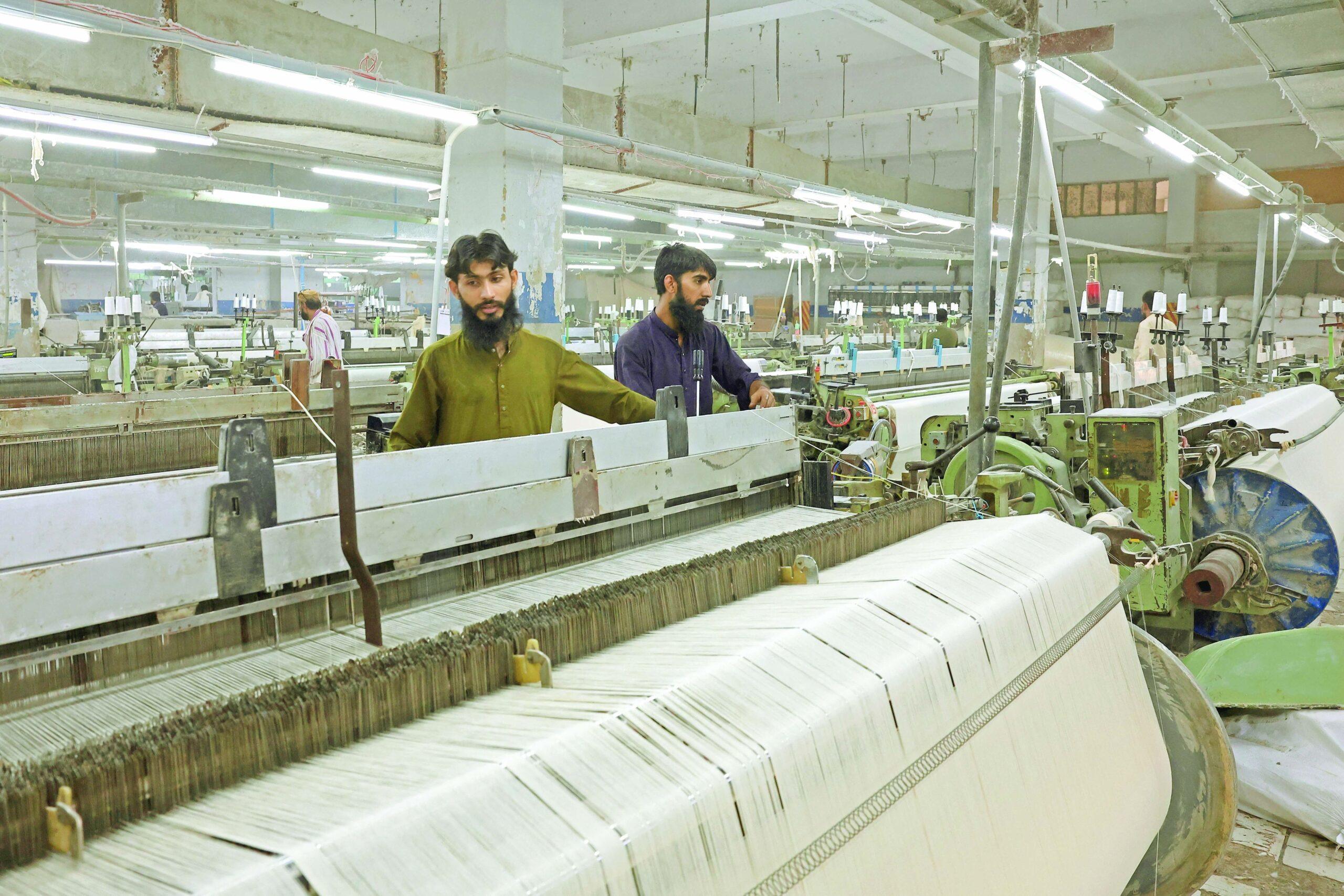Karachi:
Pakistan, who was considered to be unscathed by the American tariff war, founded its prospects that the previous prices of US President Donald Trump had not targeted Pakistan, was now taken to the fellow of the United States. This will have a significant impact on its export sector, in particular the already stagnant textile industry. The result will be a blow for exports, foreign reserves and employment, more exacerbating the country’s economic challenges.
The country had even planned to invite Chinese factories to move in order to avoid the prices imposed on China. However, this effort has failed in the past due to a hostile trade environment and political instability caused by the fight in progress between politicians and the establishment.
The United States has imposed reciprocal rates on its business partners, including Pakistan, to stimulate national manufacturing and generate income. These prices vary from 10 to 48%, in addition to a universal rate of 10% applied to all countries.
In 2024, American imports totaled 3.36 dollars billions, reflecting an increase of 6% in annual sliding (annual sliding), according to the commercial card. Mexico was the largest contributor to American imports (15%), followed by China, Canada, Germany and Japan, with actions ranging from 5 to 14%, according to Topline Securities. On the other hand, the share of Pakistan was only 0.16%compared to Vietnam (4.2%), Bangladesh (0.26%), Sri Lanka (0.09%) and India (2.7%). Despite its small share in American imports, the United States remains the largest export destination in Pakistan, representing $ 6 billion a year, or 18% of total exports in Pakistan.
The textile industry faces pricing challenges
Textiles are 75 to 80% of Pakistan exports to the United States, with other exported products, including leather, surgical instruments, rice, cement, steel products and salt. The textile exports of Pakistan compete mainly with China, India, Vietnam, Cambodia, Indonesia and Bangladesh. The prices imposed on textile exports vary: China (34%), Vietnam (46%), Sri Lanka (44%) and Bangladesh (37%) face higher prices than Pakistan (29%), while India benefits from a slightly lower price (26%).
Pakistan and India export similar textile products (product codes 61, 62, 63 and 52), which means that India has a competitive advantage due to its lower rate rate. Conversely, higher tasks on Bangladesh and Vietnam grant a certain relief to the textile exports of Pakistan. However, with higher prices on China, Vietnam and Bangladesh, these countries can focus on the European market, intensifying competition for Pakistan exports in this region.
Companies affected by American prices
The main Pakistani textile companies affected by American tariff policies include Interloop Limited (ILP), Feroz Mills (FML), Kohinoor Textile (KTML), Nishat Mills (NML) and Gul Ahmed (GATM). Apart from the textile sector, companies such as Global Footwear (SGF), Matco Foods (MFL), Fast Cables (FCL), International Steels (ISL), International Industries (INIL), DG Khan Cement (DGKC), Power Cement (Power) and Mitchels Fruit Farms Limited (MFFL) also have an American exhibition. In addition, Pak Elektron (Pael) recently started exporting transformers to the United States, according to Topline SE.
Trade balance, export ventilation
The Pakistan trade balance with the United States remains in surplus. During the 2010 financial year, Pakistan exported $ 5.44 billion in the United States to 1.88 billion dollars, which led to a trade surplus of $ 3.57 billion, according to AHL. This was a slight decrease compared to the surplus of $ 3.72 billion in financial year 23 due to a 6% drop in exports and an 8% reduction in imports. To date from exercise 25, the surplus amounts to $ 2.51 billion, with exports to $ 4.01 billion and imports to $ 1.50 billion.
Textiles continue to dominate Pakistan exports to the United States, representing 91.9% of the total exports during fiscal year, for an amount of $ 5 billion. During the first eight months of fiscal year 25, textile exports totaled $ 3.7 billion, increasing their share to 92.8% despite an overall drop in exports. The contribution of the food sector dropped slightly by 3.3% in fiscal year 24 to 3.2% during fiscal year 25, while the steel sector remained stable at around 1%. Cement exports, although minor, increased from 0.3% in fiscal year 24 to 0.5% during fiscal year 25.
Attenuation strategies for Pakistan
To alleviate the impact of the rise in American prices of 29% on exports from Pakistan, especially in the textile sector, the country needs a strategic response and focused on policies. Key strategies include the negotiation of reciprocal trade agreements to reduce export prices, in particular textiles and the reduction of rights to American imports such as raw cotton to maintain competitiveness.




